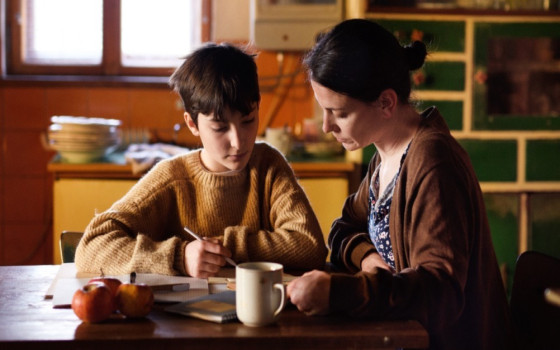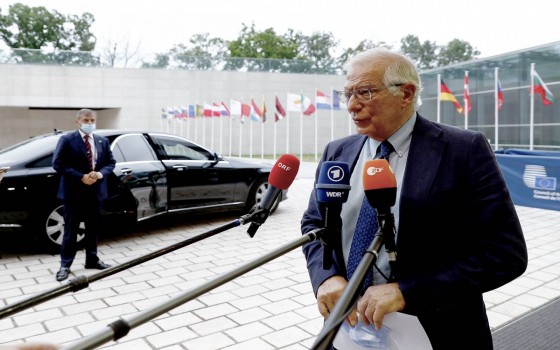
The rate of severe material and social deprivation in the European Union has witnessed a slight decline, reaching 6.4%.

- Europe and Arabs
- Tuesday , 16 September 2025 7:15 AM GMT
Brussels: Europe and the Arabs
6.4% of the European Union's population faced severe material and social deprivation last year, a slight decrease compared to 2023 (6.8%).
According to figures released by Eurostat, the European statistical office in Brussels, young people under 18 were most affected by severe material and social deprivation (7.9%), followed by those aged 18–64 (6.4%), and those aged 65 and over (5.1%).
Rates of severe material and social deprivation were higher for women than for men (6.6% compared to 6.2%). This pattern of higher rates for women was consistent across all observed age groups, with the exception of those under 18.
Among EU countries, the highest proportion of people experiencing severe material and social deprivation was recorded in Romania (17.2%), followed by Bulgaria (16.6%) and Greece (14%).
Conversely, the lowest rates were recorded in Slovenia (1.8%), Croatia (2%), and Poland (2.3%).
In 2023, 20.0% of adults aged 25–59 in the EU who reported a poor financial situation in their household around age 14 were at risk of poverty, compared to 12.4% of those who described their household's financial situation at that age as good. These data show that the socioeconomic and financial situation during adolescence can affect the standard of living in adulthood, according to a report published by Eurostat, the European Statistical Office in Brussels, on the subject of intergenerational transmission of disadvantage. The office published information on adults at risk of poverty and their financial situation in childhood, 2023, according to the percentage of the population aged 25-59, according to the family's financial situation when the respondent was around 14 years old. The report indicated that, at the national level, Bulgaria reported the largest gaps in poverty risk based on the family's financial situation in childhood: 48.1% of those who reported a poor financial situation in their family at age 14 were at risk of poverty, compared to 14.4% of those who reported a good financial situation. Romania showed similar figures, with 42.1% and 14.6%, respectively. Italy followed with 34.0% compared to 14.4%. In contrast, Denmark was the only country where adults living in financially disadvantaged households did not face a higher risk of later poverty: 8.5% for those from poor financially disadvantaged households versus 8.9% for those with good financial standing. Differences between the two groups were also small in Slovenia (10.9% and 10.4%) and Finland (10.1% and 9.2%).












No Comments Found